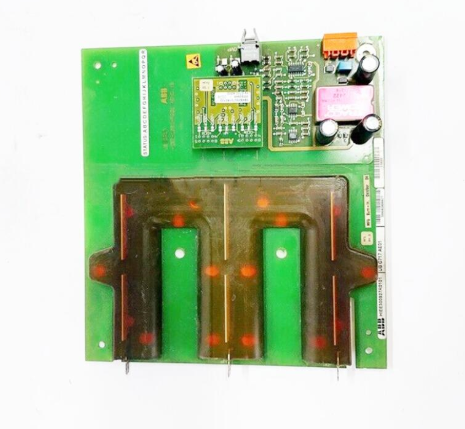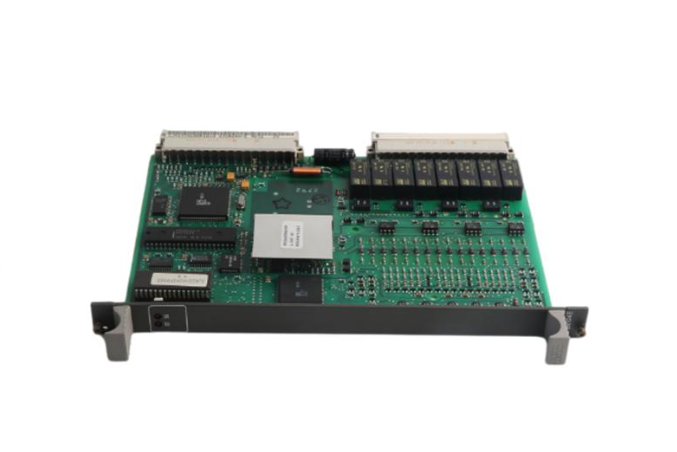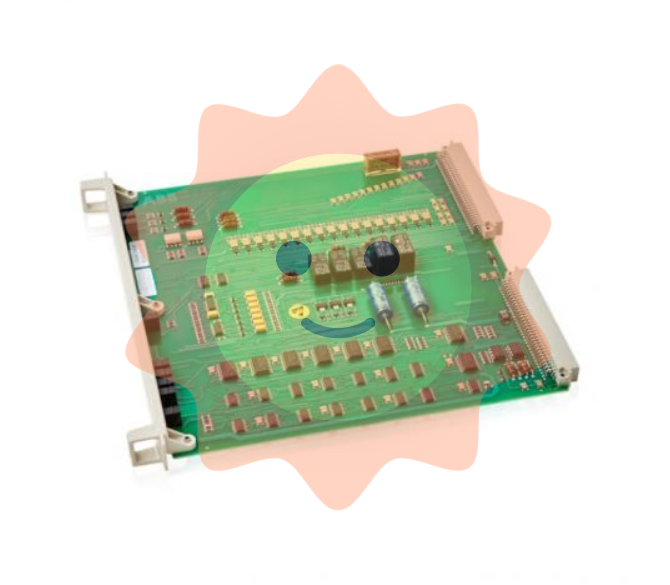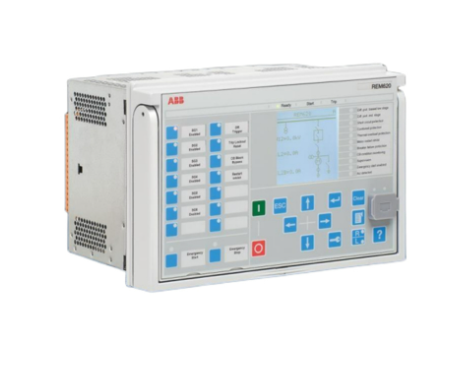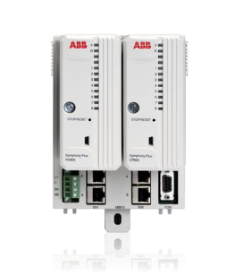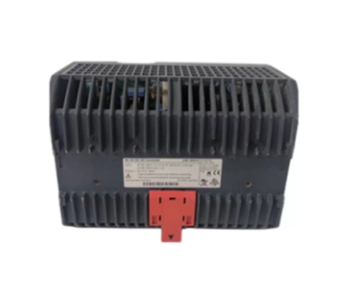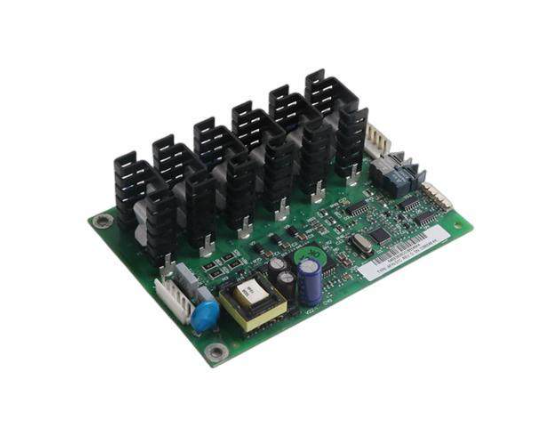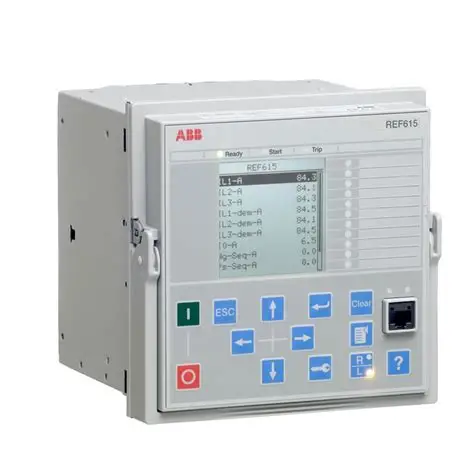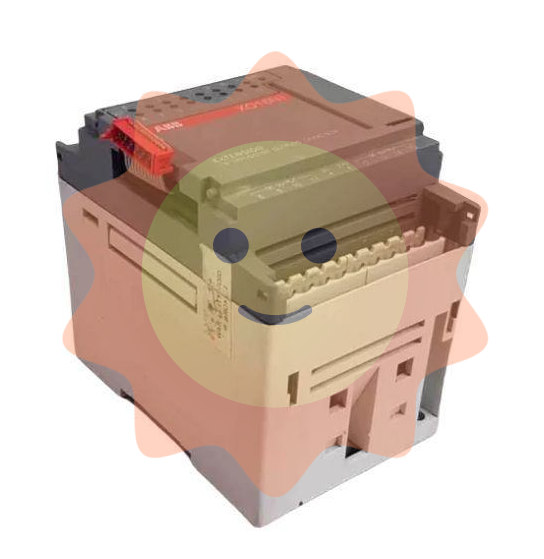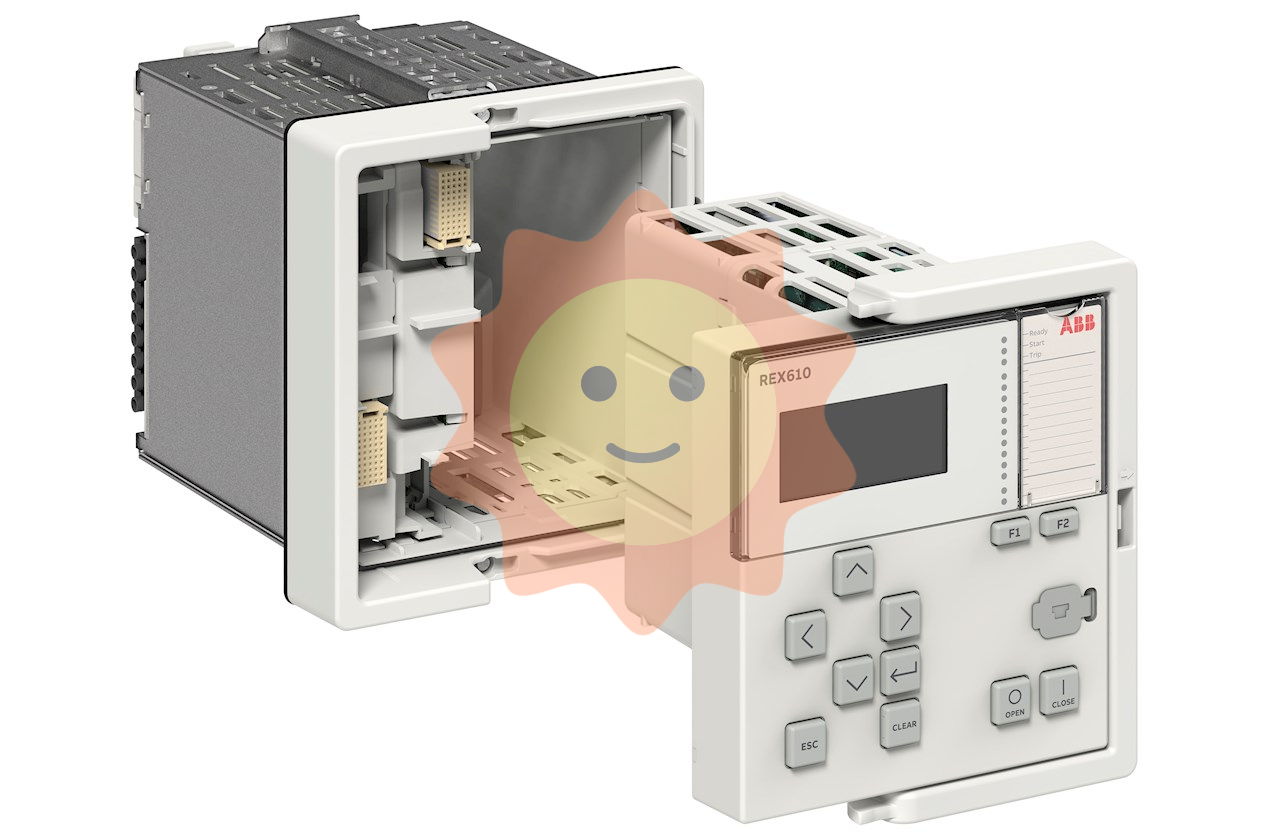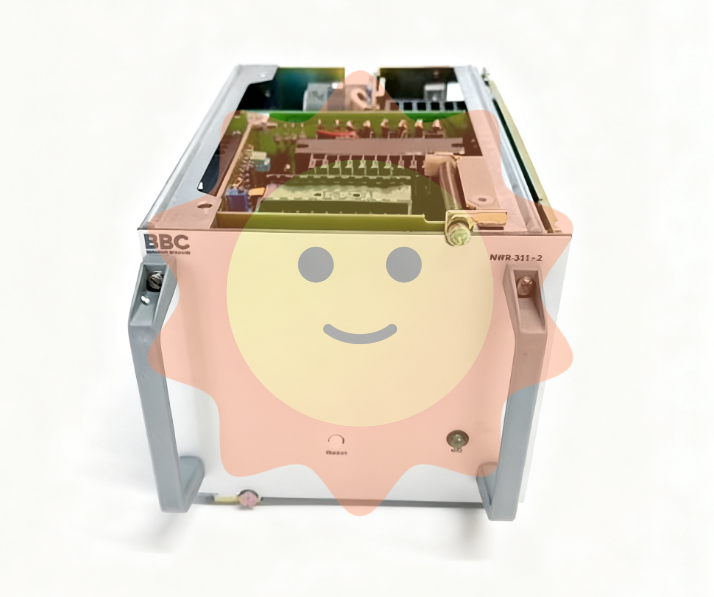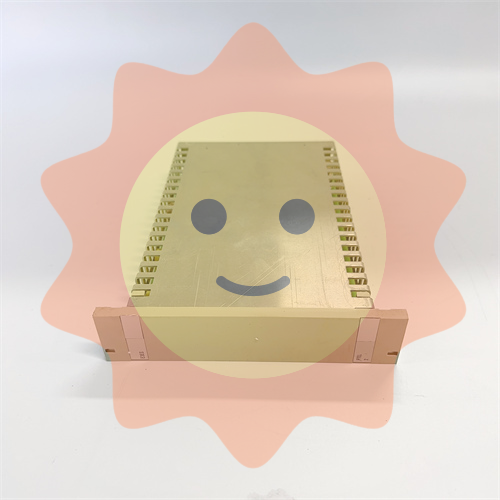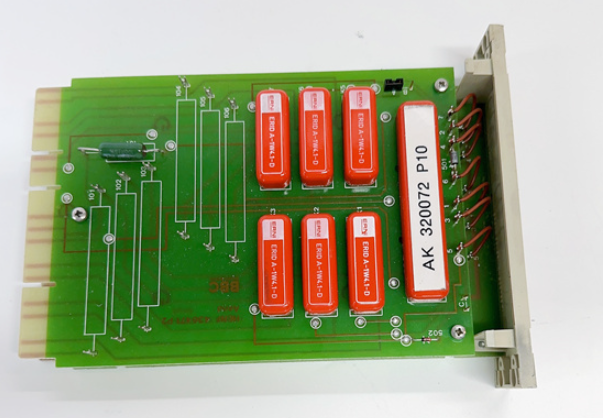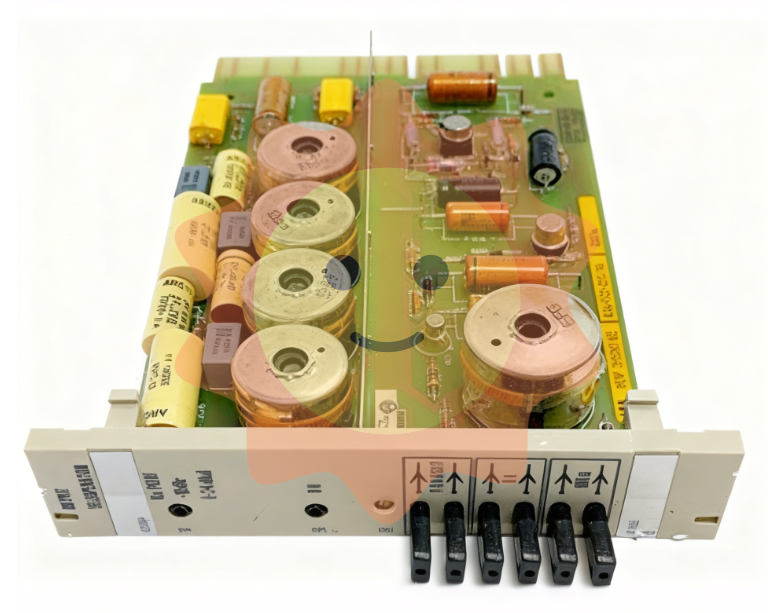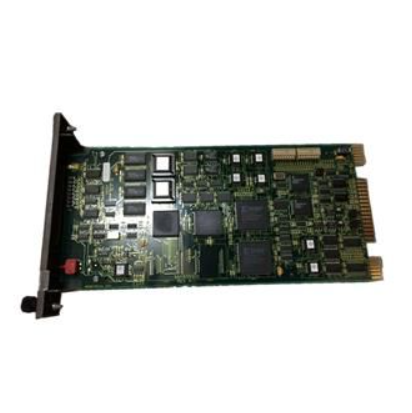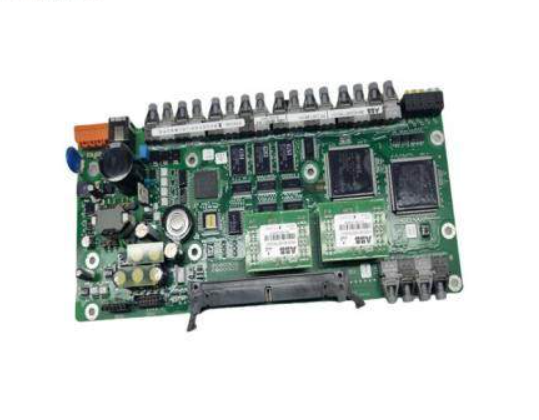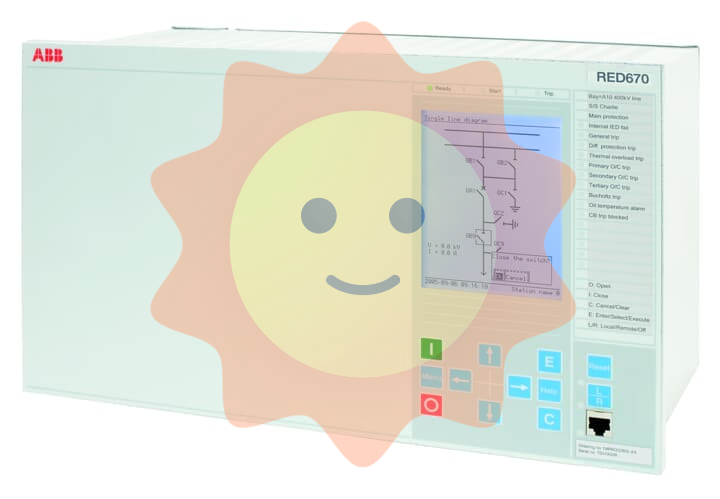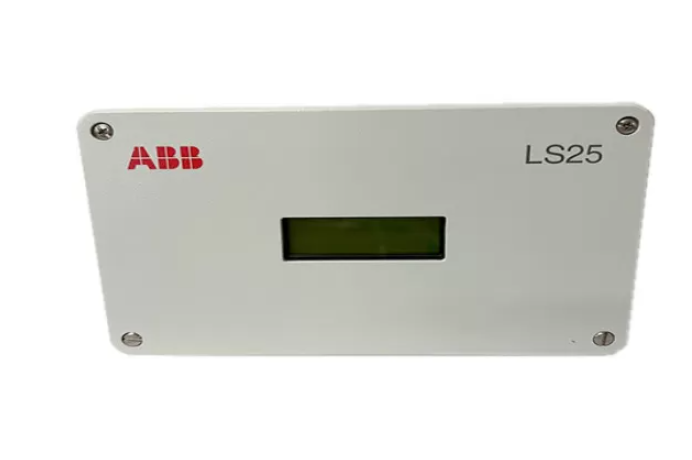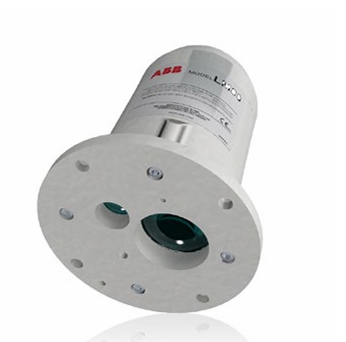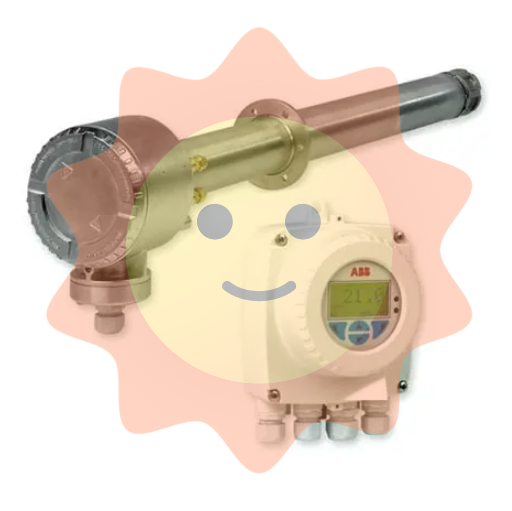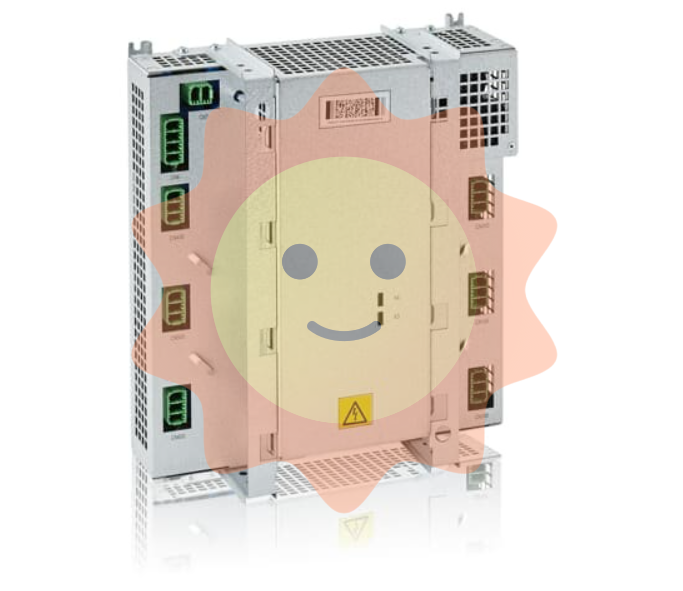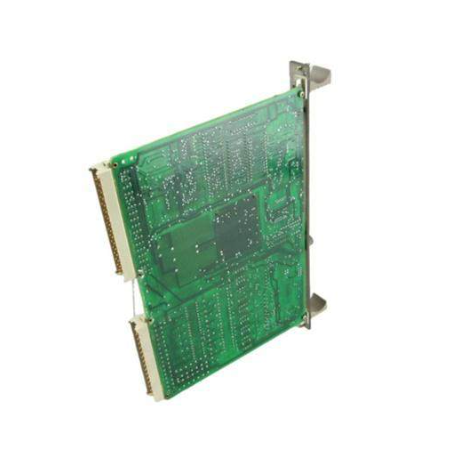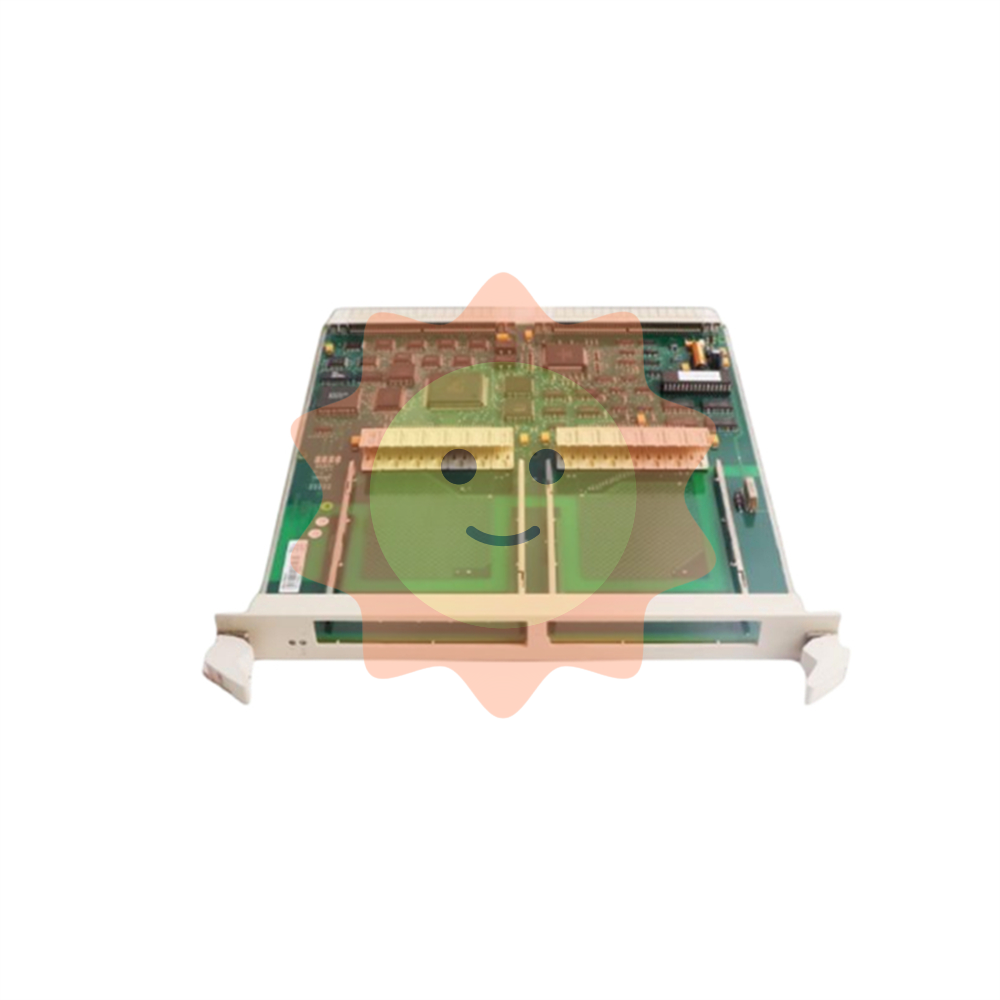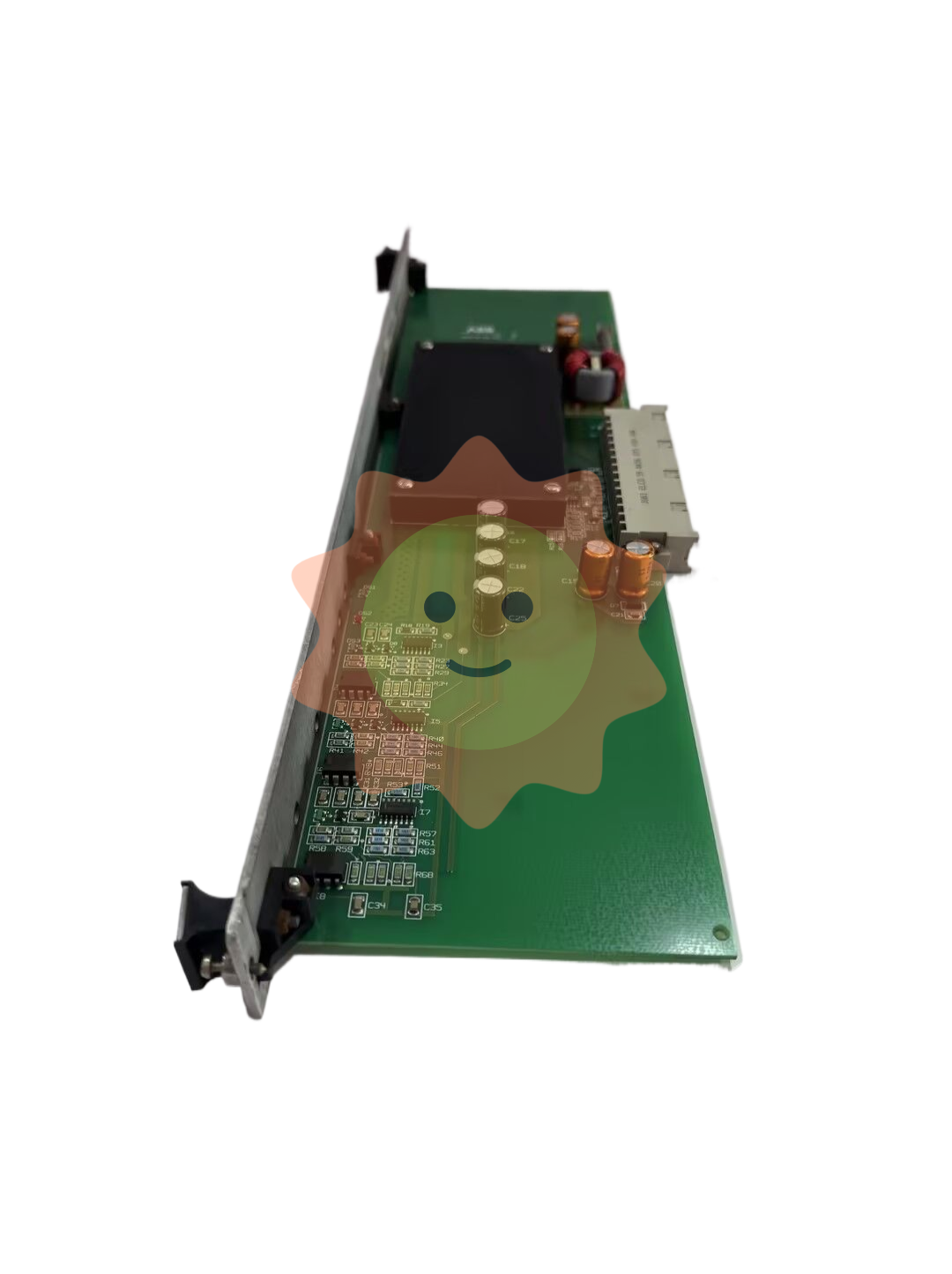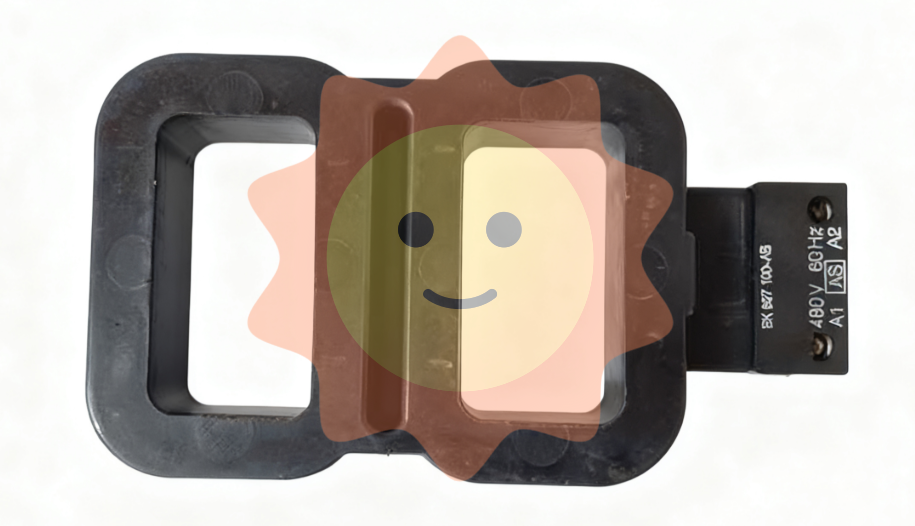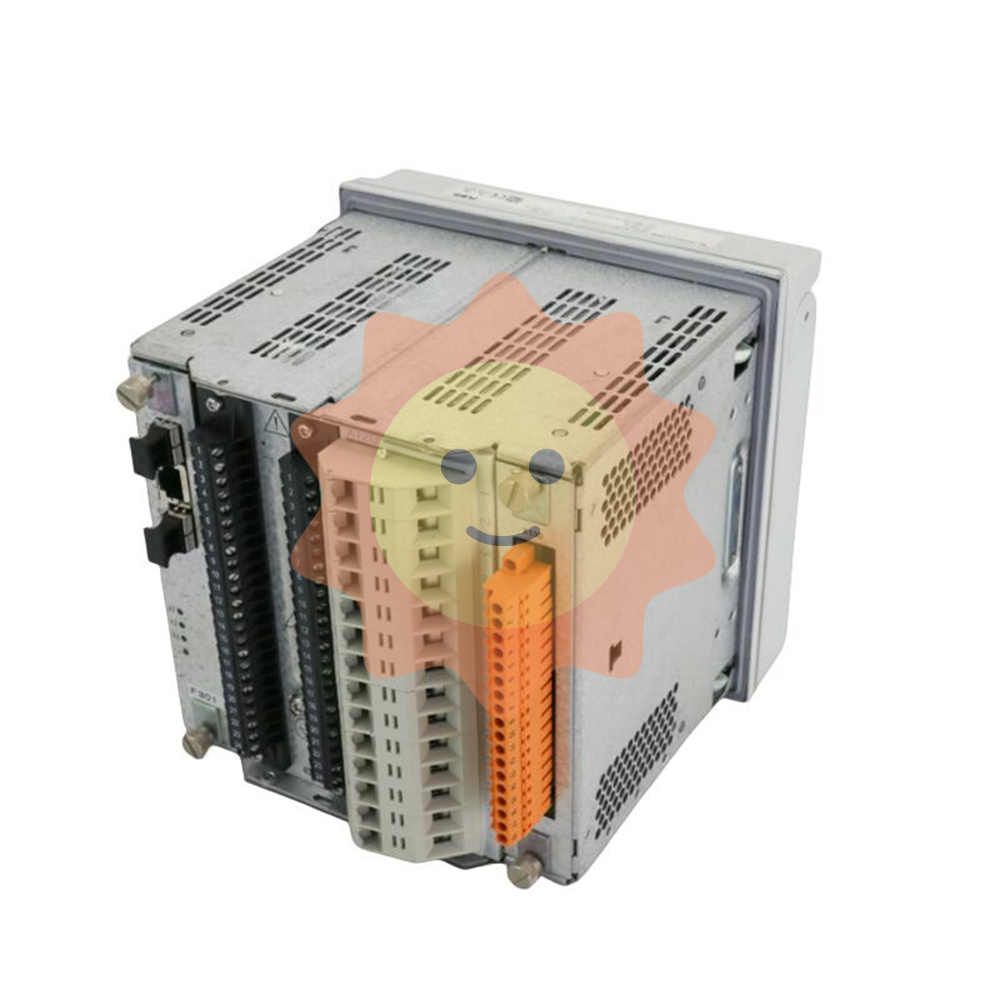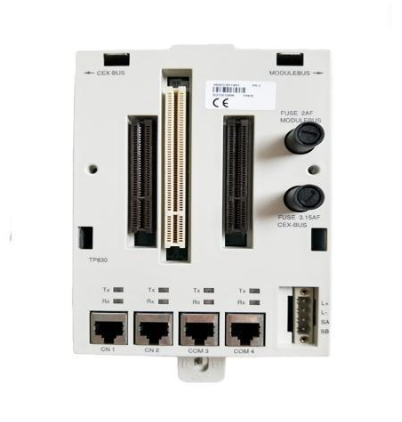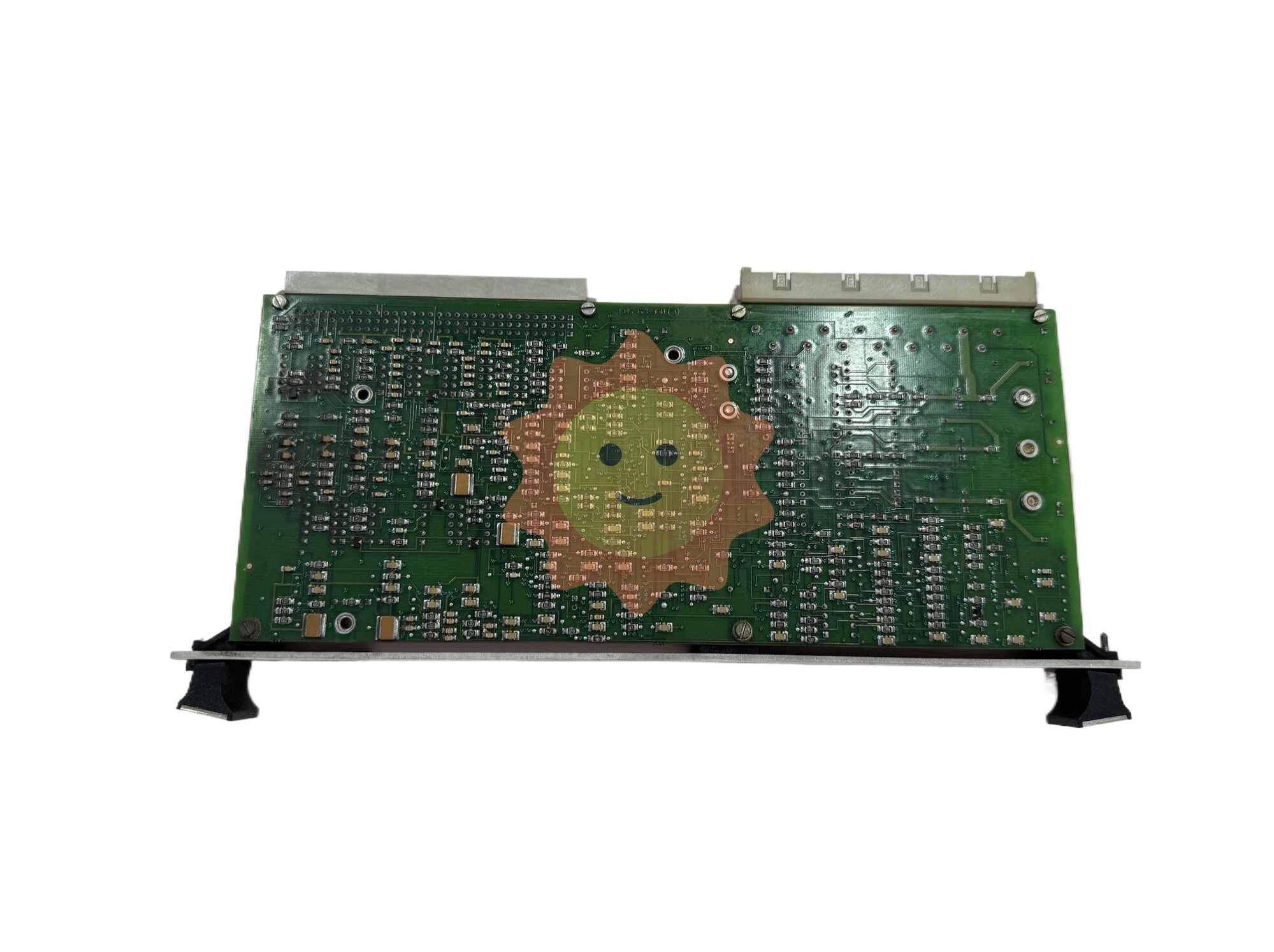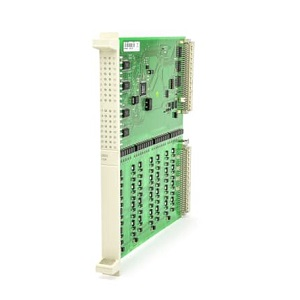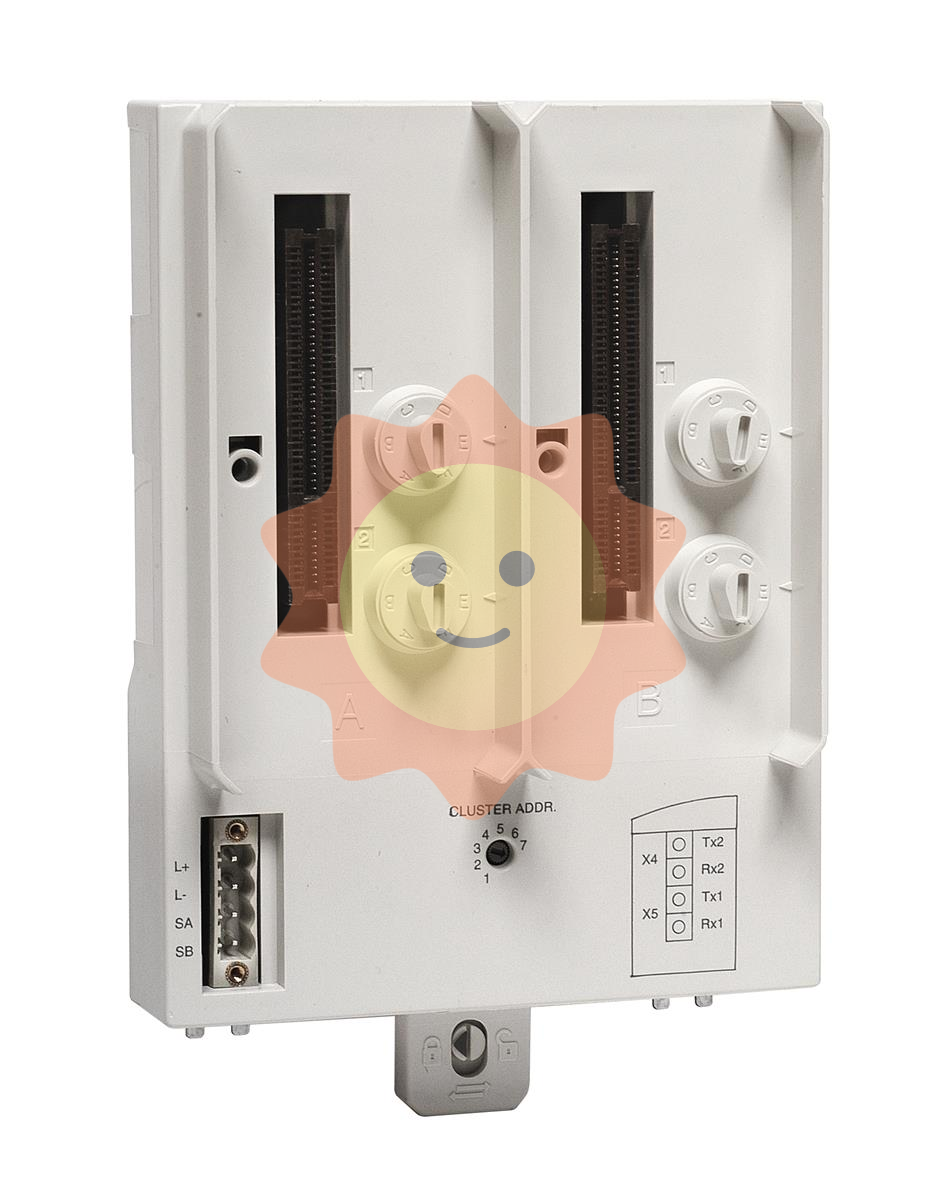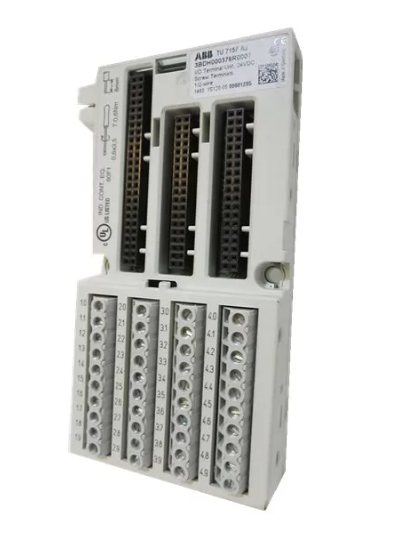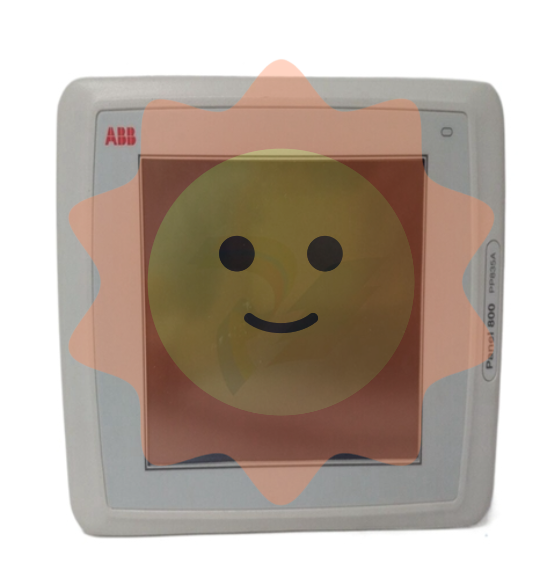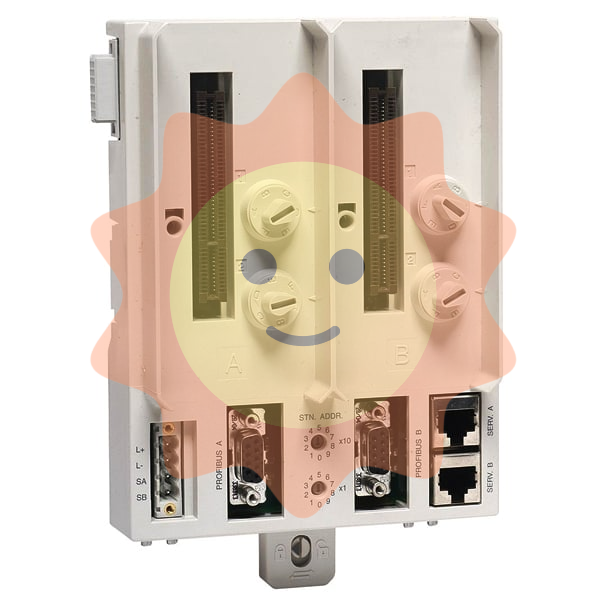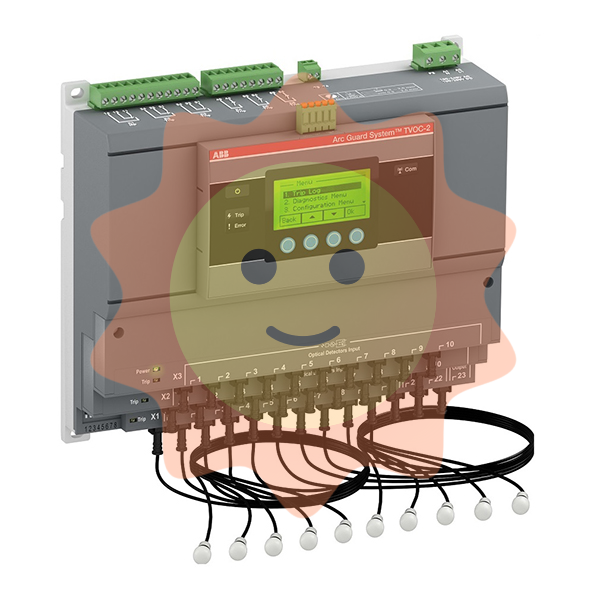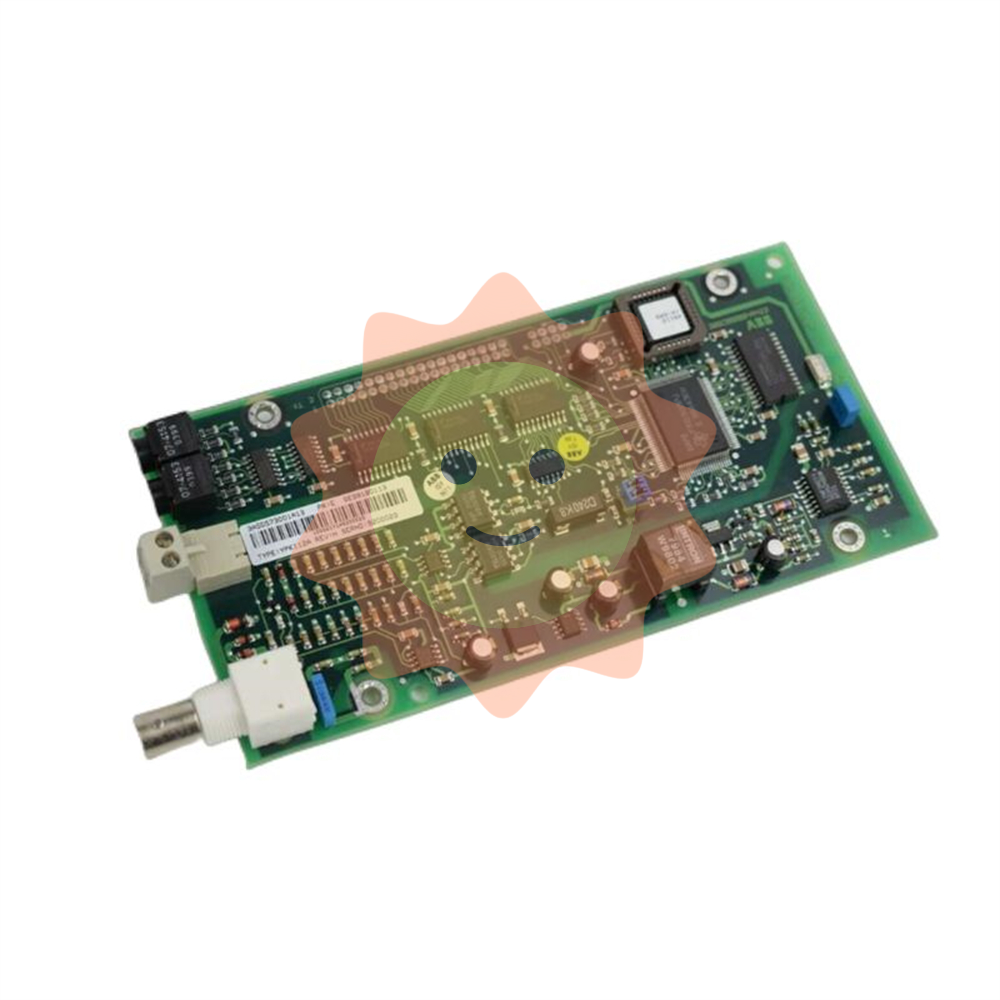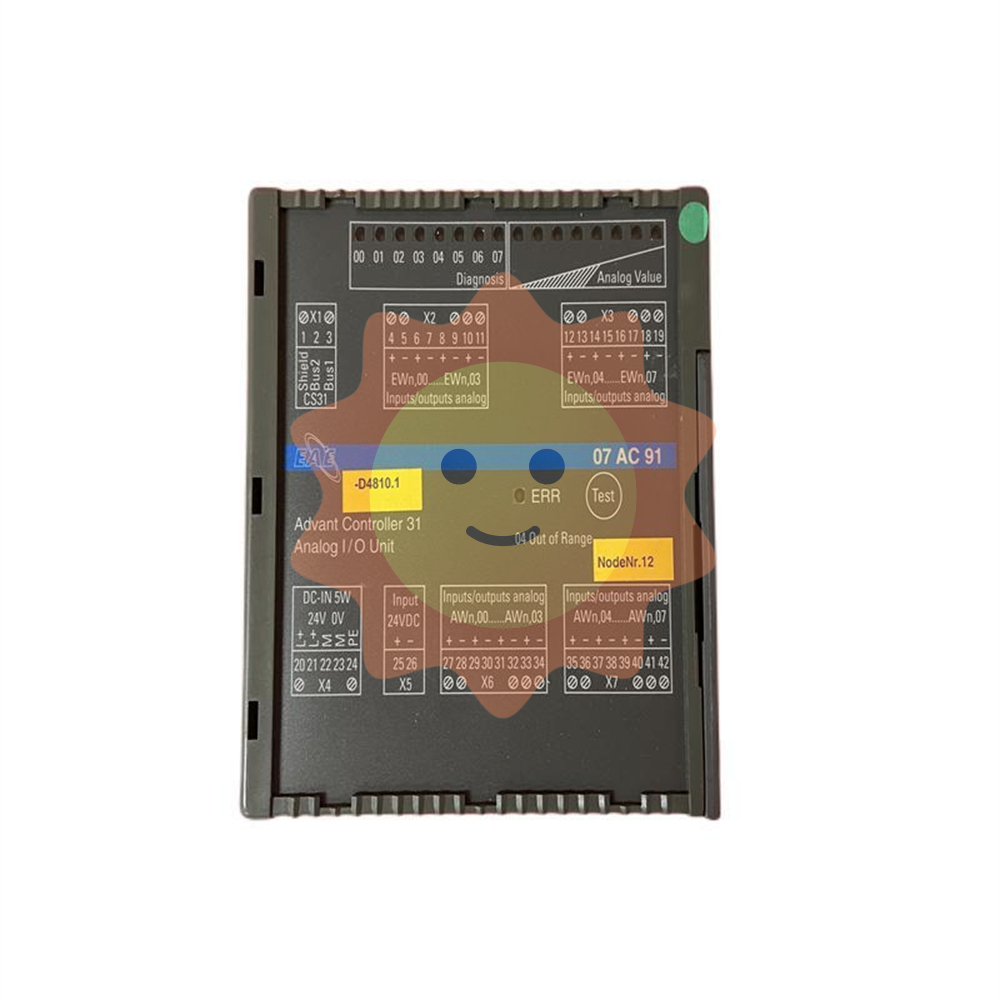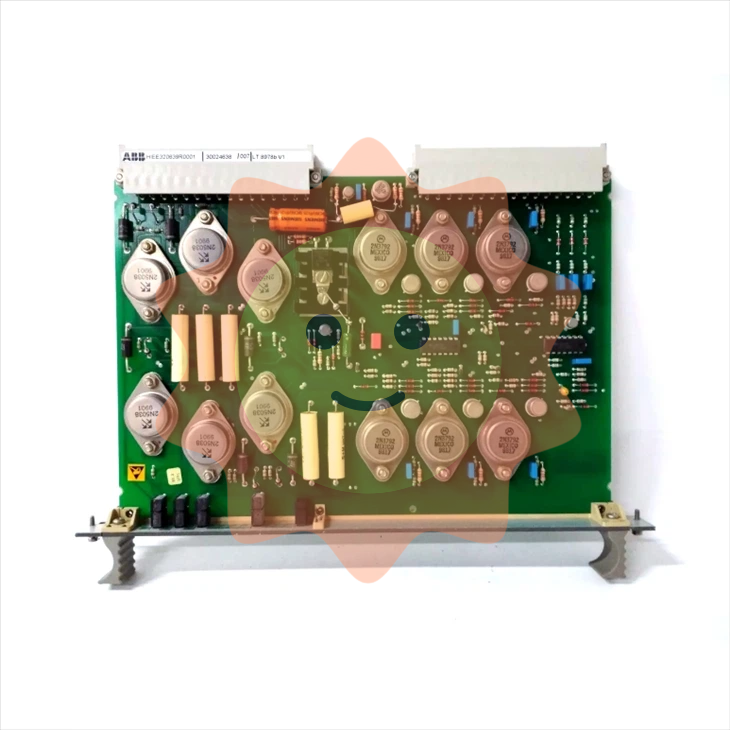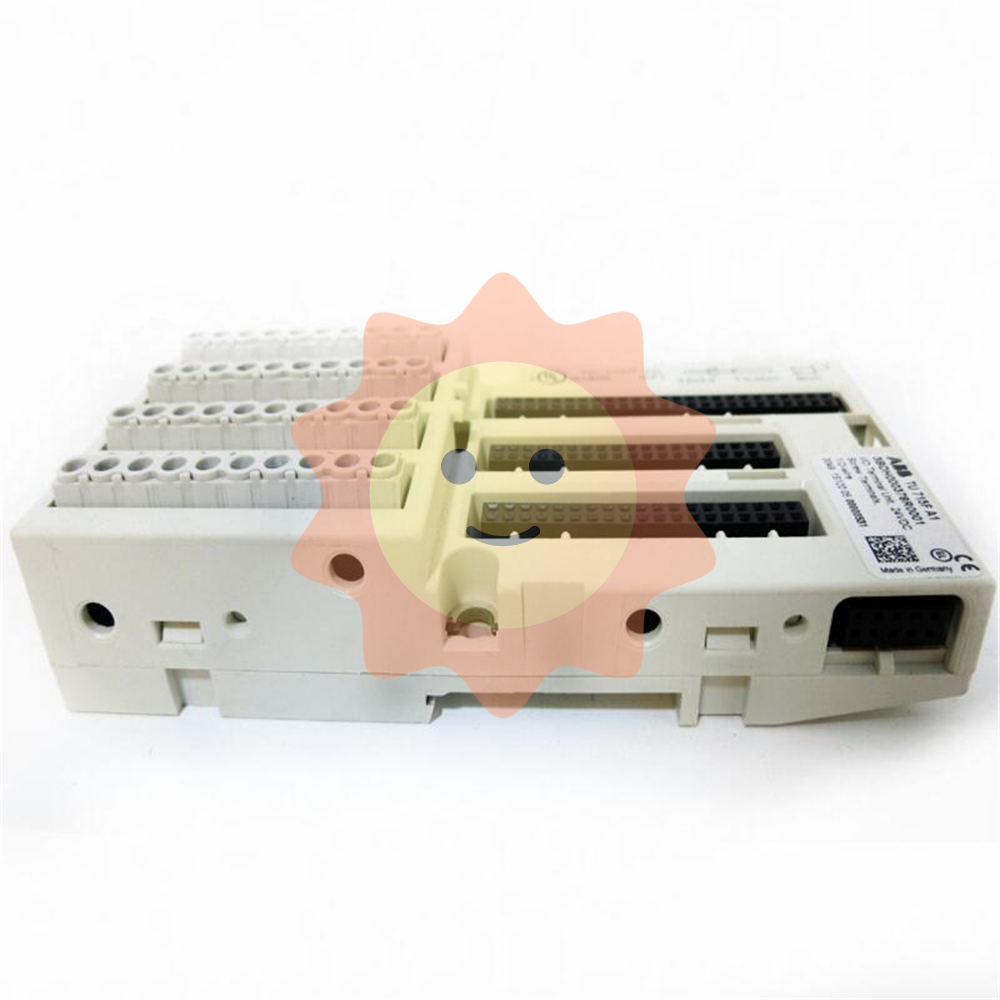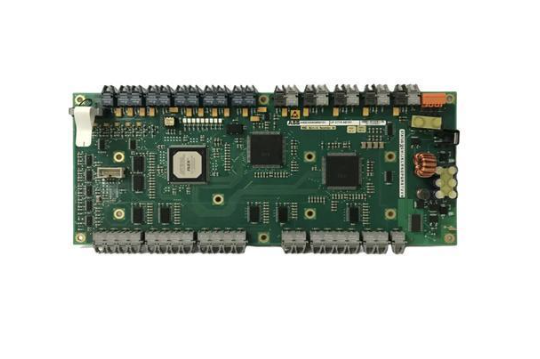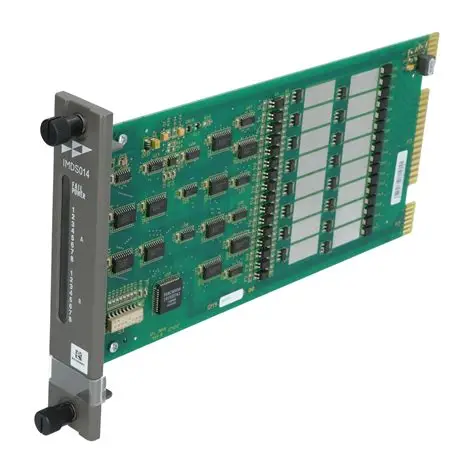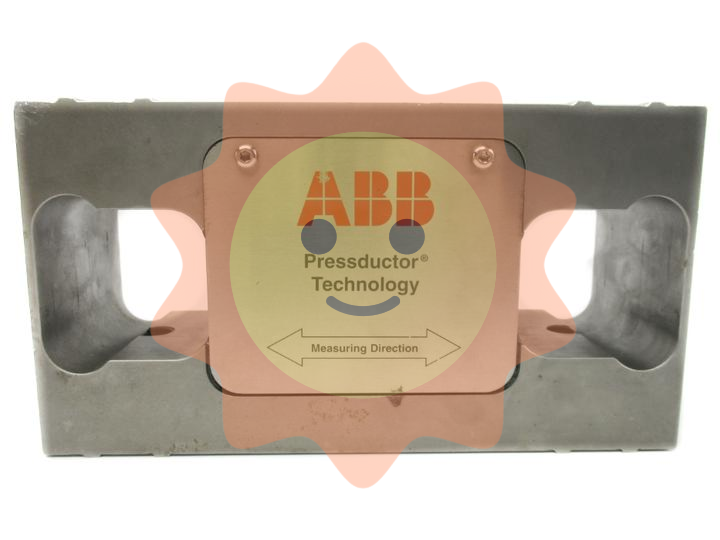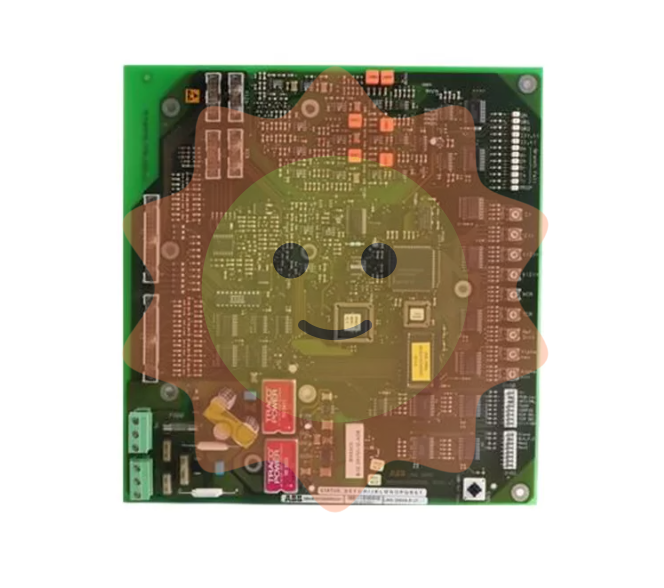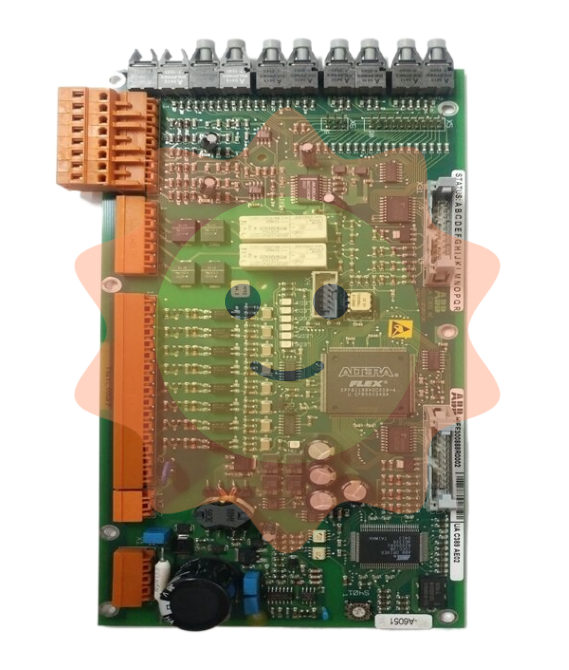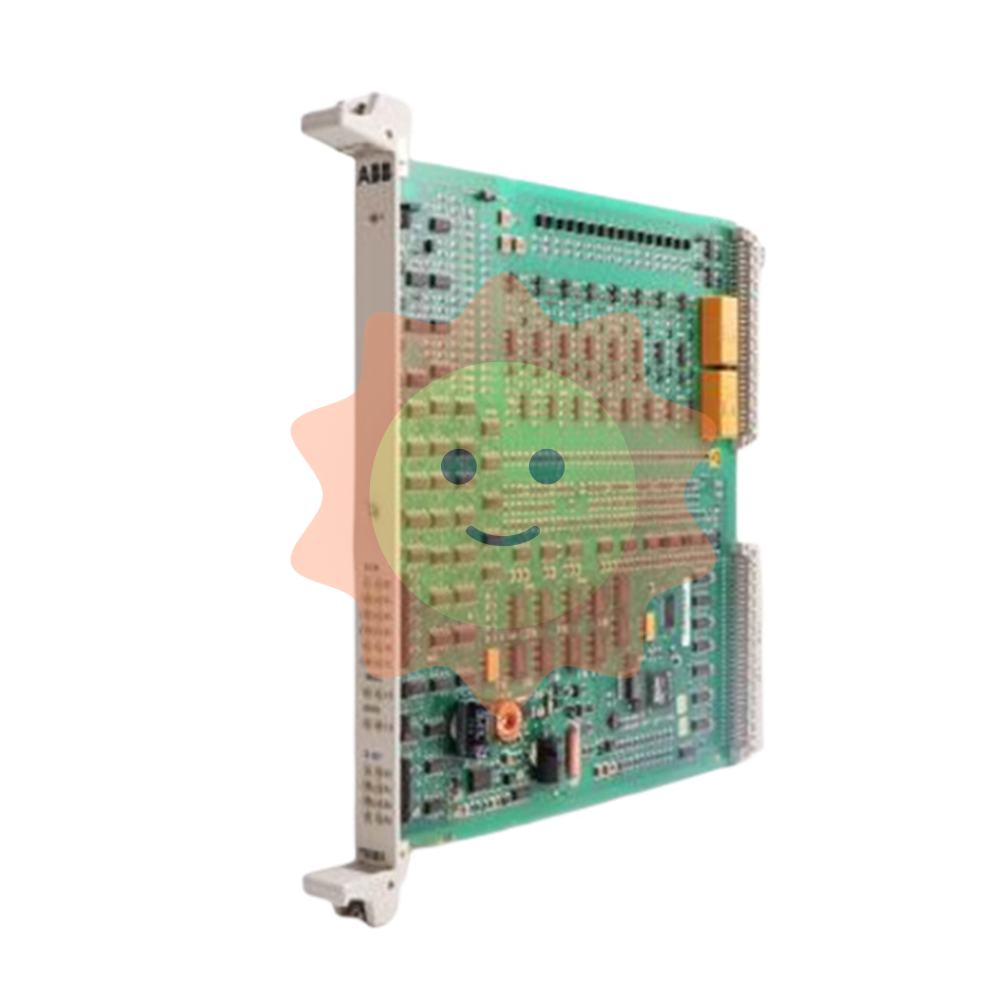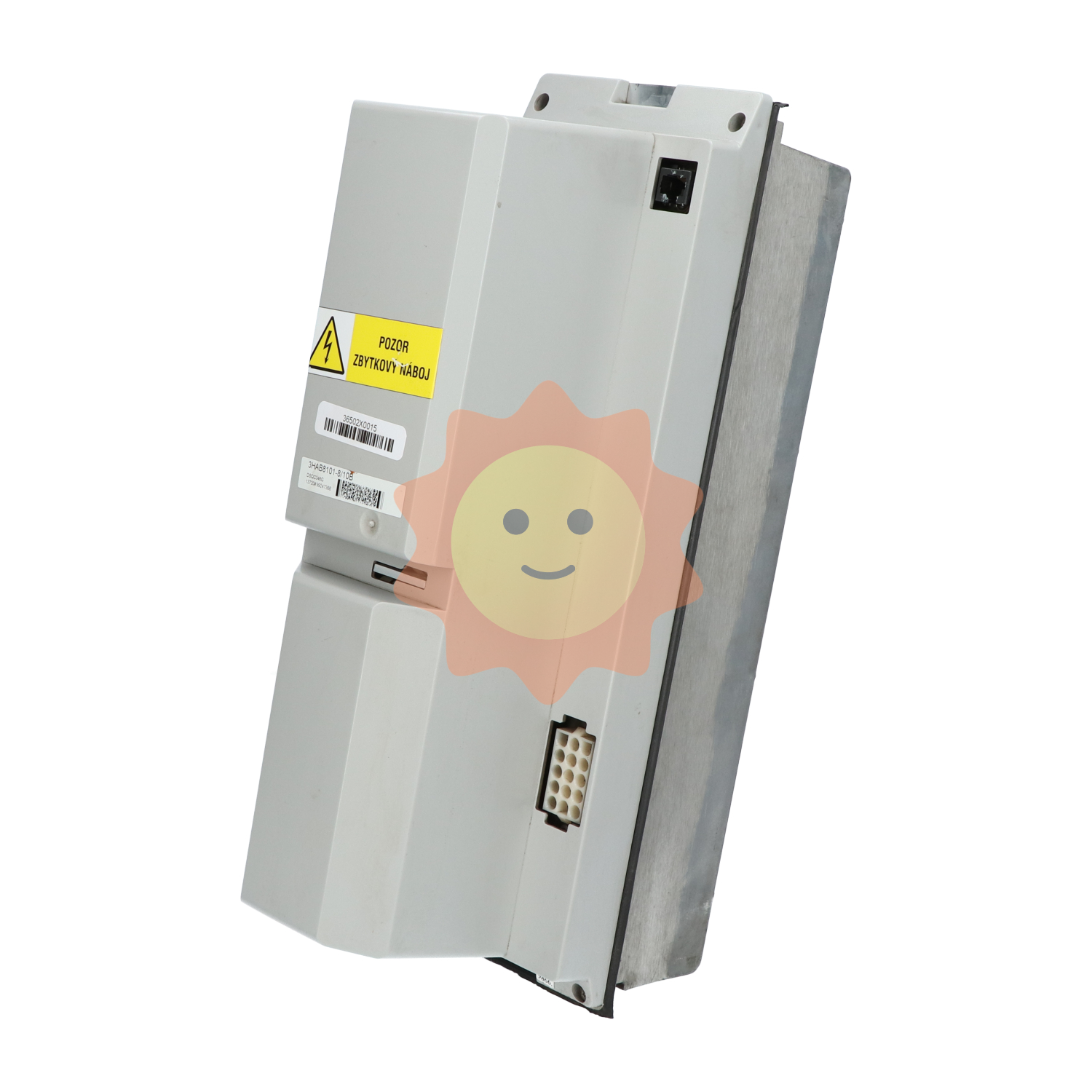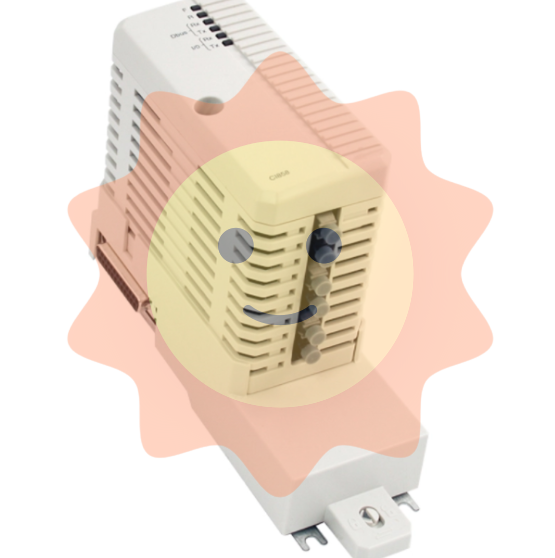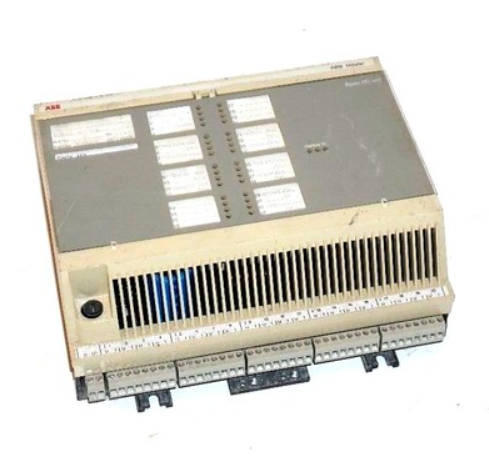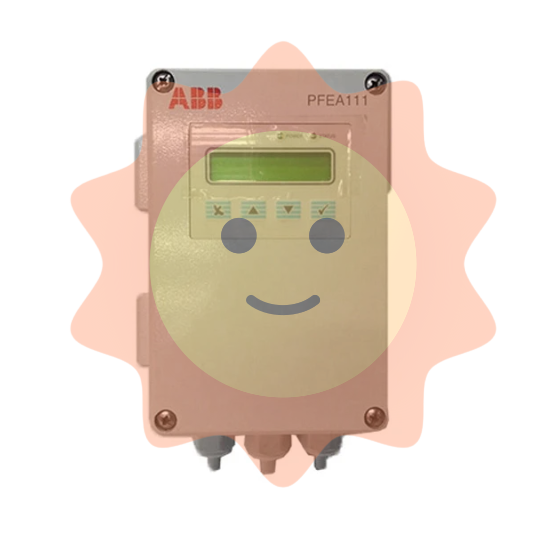Development status and trend of rubber and plastic sealing technology
1.2 Sealing mechanism
The sealing mechanism is the basis of explaining how to prevent leakage and failure analysis, and it is also the basis of theoretical and numerical simulation research. On a macro level, sealing can be achieved when the contact stress of the rubber seal interface is greater than the medium pressure, and the greater the contact stress, the better the sealing effect. However, on the one hand, due to the influence of surface roughness, there will be microscopic leakage channels between the interfaces, and there will still be running, bubing, dripping and leaking phenomena. On the other hand, large contact stress will lead to the deterioration of friction and wear performance of the dynamic seal interface and accelerate seal failure. Therefore, a good seal needs to solve the contradiction between preventing leakage and reducing friction. Taking the oil seal as an example, in the process of use, it has been proven that there is a lubricating film between the contact interface, which greatly reduces the friction, and the oil seal can achieve zero leakage. Explanations for this phenomenon have been studied by scholars since the 1950s, typically including: The sealing mechanism based on the surface tension theory proposed by JAGGER in 1957, and the reverse pumping mechanism based on the tangential deformation of the rough peak on the sealing lip surface proposed by Chinese scholar Chandsen and German scholars KAMMULLER and MULLER in the 1980s. The surface tension mechanism has been shown to have limitations, while the reverse pumping mechanism is generally accepted, and the vast majority of theoretical research has been carried out on this basis. After long-term experimental research, the author of this paper has found that the reverse pumping mechanism also has great limitations, one is that its application scope depends on the radial force range of the sealing ring, and the other is that the high-speed PTFE-based oil seal does not fully conform to the scope of the mechanism. Therefore, the research on the mechanism of rubber and plastic sealing still needs continuous exploration by scholars at home and abroad.

1.3 Numerical simulation method values
Simulation method is a digital design method that relies on the development of computer technology, combines the finite element concept, and can more truly describe the physical nature of complex systems and develop. It is an effective means to study the sealing performance, and can be used to predict the sealing performance in the design stage, and optimize the parameters of the sealing structure, etc., to reduce the trial and error cycle based on experiment and experience.
The foundation of the design simulation is the establishment of the sealing performance quantitative evaluation system. The leakage is the most important index to evaluate the sealing quality, so the leakage model is always the research focus of the sealing structure simulation. Many scholars have carried out related research :GABELLI and POLL established the first numerical simulation model, using JFO boundary conditions to consider the effect of cavitation; Guo Fei et al. established the mixed lubrication model of rotary shaft lip seal; Wu Changgui et al. conducted simulation analysis of reciprocating seals based on ABAQUS to obtain more accurate contact width and lip contact pressure distribution; Huang Le, Huang Xing et al. carried out numerical simulation application research in the structural design and optimization of rubber and plastic seal products, research on polyurethane wear law, numerical simulation platform and life evaluation method, etc. Wang Jun, Zhang Fuying et al. studied the effect of roughness and reciprocating speed on dynamic reciprocating seal performance such as friction, leakage and oil film thickness based on the mixed lubrication model.
At present, the leakage models established by scholars are mainly divided into two types: molecular flow model and viscous flow model. The two models are well verified under the given working conditions. However, under the actual conditions of sealing, the constant change of the external environment will cause the mutual transformation of the molecular flow state and the viscous flow state, and any single model cannot accurately calculate the leakage amount of the actual sealing system. So far, no universally accepted theoretical model has been formed, so it is urgent to establish a unified leakage model that comprehensively considers the molecular flow and the viscous flow. Therefore, there are still some problems in the authenticity, accuracy and reliability of rubber seal simulation technology, which is mainly used as an auxiliary means to carry out experiments and design in engineering. The important research direction of rubber and plastic sealing in the future is to develop in the direction closer to the real working conditions, such as coupling more actual physical processes, considering the influencing factors of rubber and plastic sealing system under actual working conditions, and service performance changes under the whole life cycle of sealing.
- EMERSON
- Honeywell
- CTI
- Rolls-Royce
- General Electric
- Woodward
- Yaskawa
- xYCOM
- Motorola
- Siemens
- Rockwell
- ABB
- B&R
- HIMA
- Construction site
- electricity
- Automobile market
- PLC
- DCS
- Motor drivers
- VSD
- Implications
- cement
- CO2
- CEM
- methane
- Artificial intelligence
- Titanic
- Solar energy
- Hydrogen fuel cell
- Hydrogen and fuel cells
- Hydrogen and oxygen fuel cells
- tyre
- Chemical fiber
- dynamo
- corpuscle
- Pulp and paper
- printing
- fossil
- FANUC
- Food and beverage
- Life science
- Sewage treatment
- Personal care
- electricity
- boats
- infrastructure
- Automobile industry
- metallurgy
- Nuclear power generation
- Geothermal power generation
- Water and wastewater
- Infrastructure construction
- Mine hazard
- steel
- papermaking
- Natural gas industry
- Infrastructure construction
- Power and energy
- Rubber and plastic
- Renewable energy
- pharmacy
- mining
- Plastic industry
- Schneider
- Kongsberg
- NI
- Wind energy
- International petroleum
- International new energy network
- gas
- WATLOW
- ProSoft
- SEW
- wind
- ADVANCED
- Reliance
- YOKOGAWA
- TRICONEX
- FOXBORO
- METSO
- MAN
- Advantest
- ADVANCED
- ALSTOM
- Control Wave
- AB
- AMAT
- STUDER
- KONGSBERG
- MOTOROLA
- DANAHER MOTION
- Bently
- Galil
- EATON
- MOLEX
- Triconex
- DEIF
- B&W
- ZYGO
- Aerotech
- DANFOSS
- KOLLMORGEN
- Beijer
- Endress+Hauser
- MOOG
- KB
- Moxa
- Rexroth


Email:wang@kongjiangauto.com

